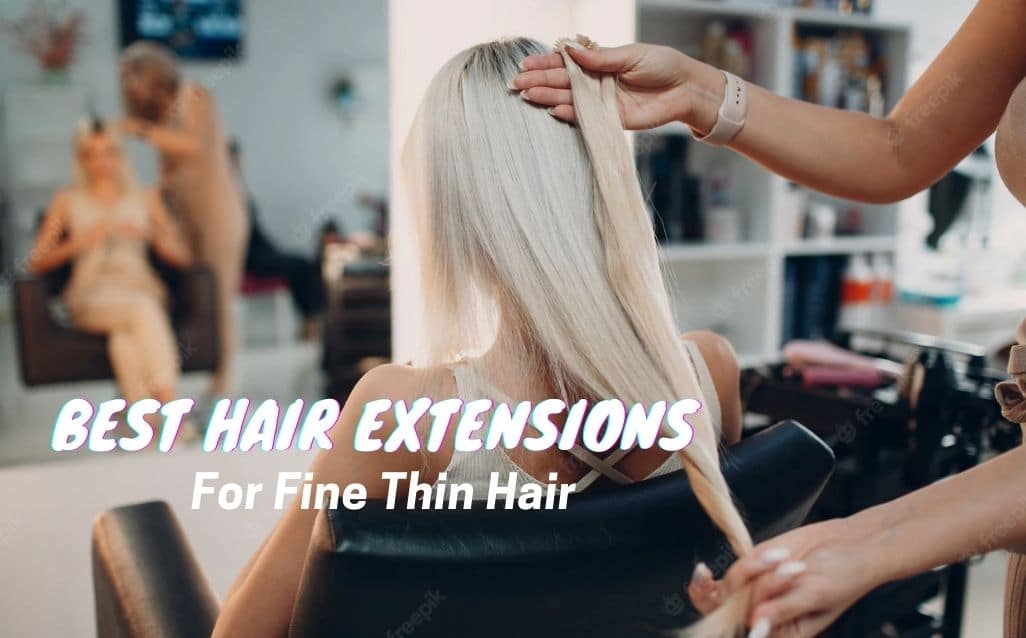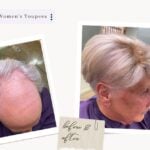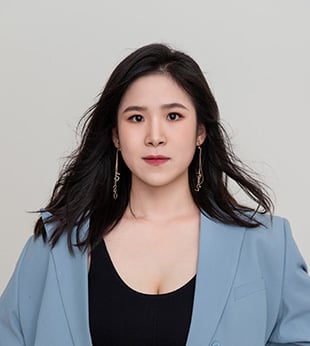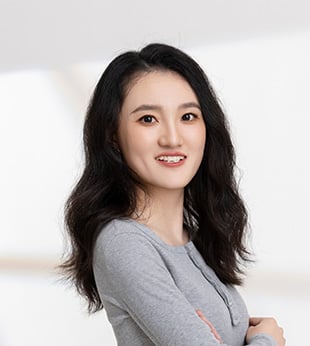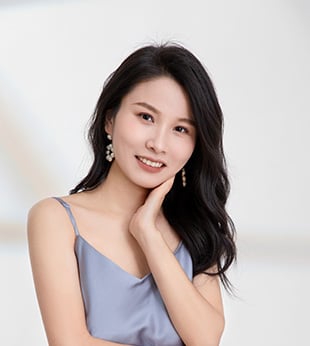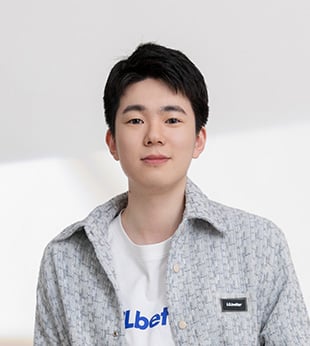There are many different base designs for hair replacement systems such as full lace, skin, lace with poly, fine mono with poly, silk top with poly and many more. In this article we will focus on the base designs which are combined by different materials. The connection area between two different materials is very important in hair replacement systems. It seems like a bridge in the middle of two materials. The connection area must be made to look very natural otherwise, the hair systems will not look natural either.
Why hair replacement systems must be made with a connection line? For full lace bases and full skin bases there is no connection line. However, for other bases, such as fine mono, it must be made with poly attached. There is no connection line between the fine mono and poly material. For other bases using silk tops they must be made with poly at the edge. The connection line is the key role between the silk top and the poly material. For small size hair replacement systems, the connection line is necessary. For full cap wigs, the connection line is also very important. Full cap wigs must be made to fit with the client’s head size. The connection line helps to make a suitable full cap shape and cap size.
The connection line is made by poly; its width is 1/4”. In the past, one of our long term clients experienced an issue when cutting the hair on their Silk top PU perimeter hair replacement systems. After cutting the system they found there was a white line visible at the connection area of the two base materials. We acted upon this feedback and spoke with our technicians and discussed how to solve this problem. We wanted to ensure the customer is satisfied although sometimes these problems can’t always be solved. At the same time it will influence our business. Well, after a discussion, we are glad to find a method to solve the problem. Our knotting workers decided to add 5% more hair at the connection area. With more hair on the connection line, the connection line will become invisible as it was covered by more hair. Furthermore, our knotting workers will use different knots to create that invisible look which every client wants. Usually we use single split knots on the connection area. Single split knots mean one hair is flat and the other sticks out. Because one hair sticks out, it cannot cover the base, so the connecting line is easily visible. However, now we have changed the knots and added flat knots on the connection line. Flat knots which are knots that are more flat. The hair is closed to the base; it has a very good covering effect. The base was hidden by the flattened hair so it will be more invisible and it isn’t easy to be seen from the top of the head. Although, the flat knots are not perfect knots, because the hair is all flat and cannot stand up making it difficult to style hair. In order to solve this problem, we decided to make mixed knots, which means single split knots and flat knots can be made on the connection line at the same time. In this way, the connection line is covered by flat hair, although the hair still stands up, and clients can create a hair style very easily.
Do you have questions as to why the lady’s long hair pieces don’t have similar problems? This is because the lady’s long hair falls down, it covers the base, so the base is not visible. For women’s long hair pieces, the top area still needs to have a lot of attention. When ladies create hair styles on top, for example left parting, right parting or center parting, the parting lines sometimes become visible too. It makes it seem like there is less hair at the parting. In this scenario, the parting area needs to be added more hair to cover the base.
This article is a brief introduction about the connection line. If you have more ideas about it or if you have other questions about it, please do not hesitate to contact me via sales2@newtimeshair.com, we are glad to discuss any queries you may have and solve them.

